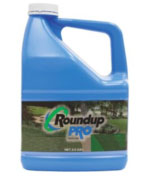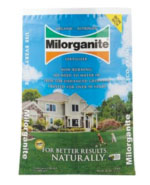
Staying Ahead of Crabgrass
by Frank Blair
One of the questions I hear every year at this time is “when do I apply crabgrass preventer to my lawn?” The proper timing for application of crabgrass preventer is related more to temperature and weather than the calendar.
Crabgrass is a low growing invasive annual weed. Because it is an annual, and grows from seed each year, the best way to control crabgrass is to us a pre-emergent herbicide to prevent the seed from germinating.
When the temperature of the soil reaches 55 to 60 degrees for several consecutive days, crabgrass seeds begin to germinate. The timing on this can vary widely from year to year and from place to place within your own lawn.
So how does one know when exactly to apply pre-emergent? Well, the most accurate method is to actually “take your lawn’s temperature”, every couple of days, using an instant read probe-type thermometer. But really now, who wants to do that? Another perfectly reasonable method is to watch for the forsythia shrubs (pictured) to bloom. If you time your pre-emergent application to this harbinger of spring you will almost always be well ahead of crabgrass germination. The crabgrass preventers we sell at Schnarr’s will prevent crabgrass and other annual weeds from germinating, and can remain active in the soil for an entire season.
A word or two of caution, if you are seeding your lawn, or you seeded late last fall, most crabgrass preventers will keep grass seed from germinating and damage young grass plants. If this is the case, let us know when you come by to pick up your pre-emergent and we’ll provide a product that can be used when seeding.
Enjoy the spring weather!
Frank

